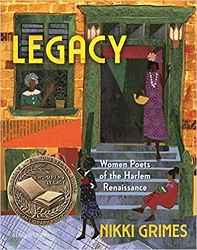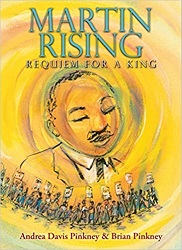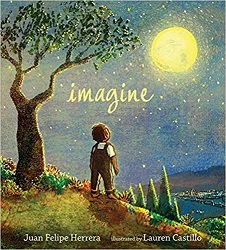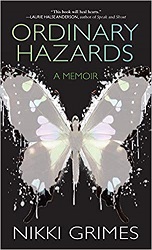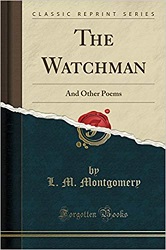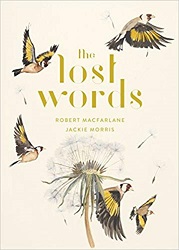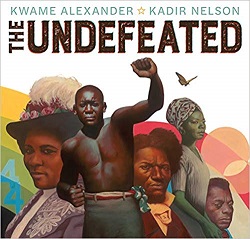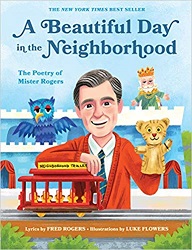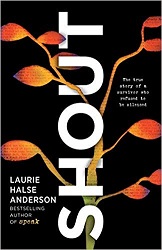 Shout
Shout
The True Story of a Survivor Who Refused to Be Silenced
by Laurie Halse Anderson
Viking Children’s Books, March 12, 2019. 290 pages.
Starred Review
Review written February 1, 2019, from an advance reader copy picked up at ALA Midwinter Meeting.
[I do need to make a category for teen nonfiction. That’s what this is, but it certainly is appropriate for adults, so I’m going to list it on my nonfiction for grown-ups page.]
I read Laurie Halse Anderson’s novel Speak during library school, when I was taking a class on young adult literature (but wasn’t posting reviews because I was too busy). The novel, written twenty years ago, is already a classic. It features a girl who doesn’t speak because she’s traumatized by what happened to her at a party just before she began high school.
Now Laurie Halse Anderson is telling the true story of what happened to her.
This memoir is written in verse, and the poems are hard-hitting. She gives an outline of her background and the incident that happened to her that was later reflected in the book Speak. But more than that, she includes in the book many stories that were told to her after she wrote Speak. Stories from teens both female and male, and stories from women and men.
Here’s a bit from the poem “tsunami,” which is about the reaction from teens after Speak was published.
tens of thousands speak
words ruffling the surface of the sea
into whitecaps, they whisper
to the shoulder of my sweater
they mail
tweet, cry
direct-message
hand me notes
folded into shards
when no one is watching
sharing memories and befuddlement
broken dreams and sorrow
they struggle in the middle
of the ocean, storms battering
grabbing for sliced life jackets
driftwood
flotsam and jetsam from downed
unfound planes, sunken ships
and other disasters
She also writes about how much resistance there is to her books from teachers and principals, hoping if they keep her from talking about bad things, bad things won’t happen at their school.
the false innocence
you render for them
by censoring truth
protects only you
It’s not all sadness and tragedy, though. There are many sweet moments. I loved the part when, as a bewildered new author, she was a Finalist for the National Book Award. A student journalist commented on how friendly the five finalists, including Walter Dean Myers, were with each other and asked “Aren’t you supposed to be competitors?”
Walter took the mic and smiled
“No,” he said. “Not competitors.
We’re coconspirators, and we like it that way.”
I also love the part where she describes the year she spent studying in a student exchange program with a family on a pig farm in Denmark. That was a time when it was good to be on a new continent.
And I love the poem “yes, please” about how lovely it is to get a Yes.
the taste of someone who has proven
worthy
of your yes
is worth the questing, slow beckoning
interrogating, interesting, conversating
adventuring yes is ongoing
yes enthusiastic
yes informed
yes free-given
yes the truest test
of sex
the consent of yes is necessary
But the overall story is that the time to simply speak is done. Now it’s time to shout.
As she says in the final poem, “my why”:
stories activate, motivate,
celebrate, cerebrate,
snare our fates
and share our great
incarnations of hope
This is a wonderful book. I’m passing on my advance reader copy, because I know I’ll want to read it again in the finished form. Watch for it in March. The poems stick with you and get into your heart.
madwomanintheforest.com
Buy from Amazon.com
Find this review on Sonderbooks at: www.sonderbooks.com/Childrens_Nonfiction/shout.html
Disclosure: I am an Amazon Affiliate, and will earn a small percentage if you order a book on Amazon after clicking through from my site.
Source: This review is based on a library book from Fairfax County Public Library.
Disclaimer: I am a professional librarian, but I maintain my website and blogs on my own time. The views expressed are solely my own, and in no way represent the official views of my employer or of any committee or group of which I am part.
What did you think of this book?
